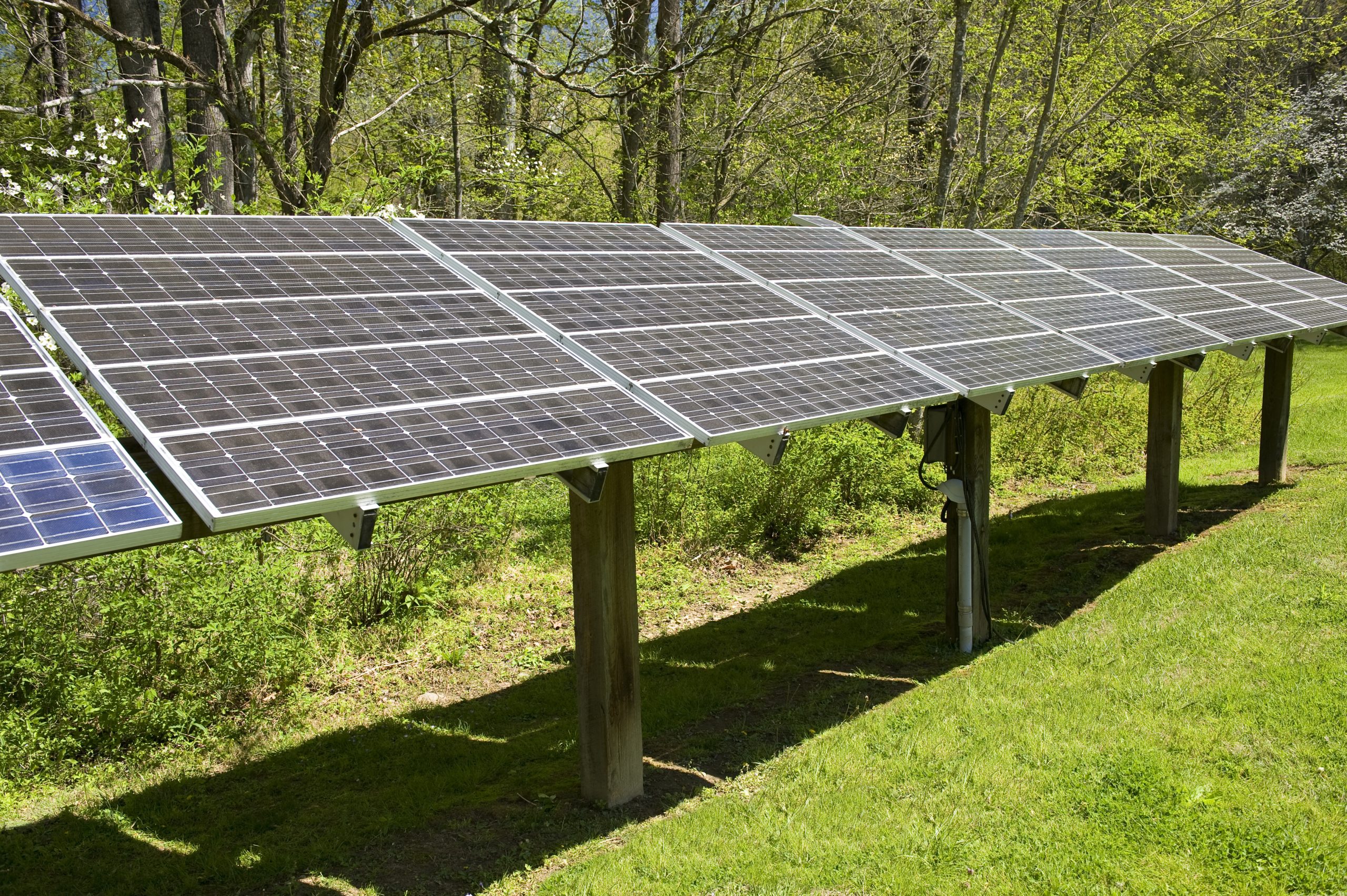Solar power has become an increasingly popular alternative to traditional forms of energy, and it’s not hard to see why. With rising concerns about climate change and a growing awareness of our impact on the environment, many people are looking for ways to reduce their carbon footprint and live more sustainably. Solar energy offers a clean, renewable source of power that can help us achieve these goals while also saving money on our electricity bills.
In this article, we’ll explore how solar energy is revolutionizing the way we power our homes. We’ll cover everything from the benefits of using solar power in your home to the latest advancements in solar technology and the incentives available for switching to solar energy. By the end of this article, you’ll have a better understanding of why so many people are choosing solar energy as their preferred source of power.

Introduction to Solar Energy
Solar energy is generated by harnessing the power of the sun through specialized panels called photovoltaic cells or solar panels. These panels convert sunlight into direct current (DC) electricity, which is then converted into alternating current (AC) electricity that can be used to power your home. The process of converting DC to AC electricity is done with the use of an inverter.
The Benefits of Using Solar Power in Your Home
There are numerous benefits to using solar power in your home. First and foremost, solar energy is a clean and renewable source of power that produces no greenhouse gas emissions or other pollutants. This makes it an excellent choice for those who want to reduce their carbon footprint and live more sustainably. Additionally, solar energy can save you money on your electricity bills over time. While there may be some upfront costs associated with installing solar panels, once they’re installed, you’ll be generating free electricity from the sun. This means you won’t have to pay as much for electricity from the grid, resulting in significant savings over time. Furthermore, solar panels require little maintenance, making them a hassle-free option for homeowners.
How Solar Panels Work and Their Efficiency Rates
Solar panels work by capturing sunlight and converting it into electrical energy. They’re made up of several layers of materials, including silicon wafers, conductive metal contacts, and protective glass or plastic covers. When sunlight hits the surface of the panel, it causes electrons within the silicon wafer to move, creating an electrical flow. The efficiency rate of solar panels refers to the amount of sunlight they can capture and convert into electricity. Generally speaking, higher efficiency rates mean that a given area of solar panels will generate more electricity than lower efficiency rates. However, high-efficiency solar panels tend to cost more upfront due to their advanced technology.
Incentives for Switching to Solar Energy
Many governments around the world offer incentives for individuals and businesses to switch to solar energy. In the United States, for example, taxpayers can claim a federal income tax credit worth 30% of the total cost of their solar system. Some states also offer additional incentives such as rebates or net metering programs, where excess energy produced by the solar panels is sold back to the grid at retail prices. These incentives make switching to solar energy even more appealing financially, as they significantly reduce the initial investment required.
Conclusion: Why Choose Solar Energy
As you can see, there are numerous reasons to choose solar energy when powering your home. From its environmental benefits to its potential for long-term cost savings, solar energy is a smart choice for anyone looking to reduce their carbon footprint and live more sustainably. And with the availability of government incentives and advances in solar technology, now is a great time to consider making the switch to solar energy.

Leave a Reply